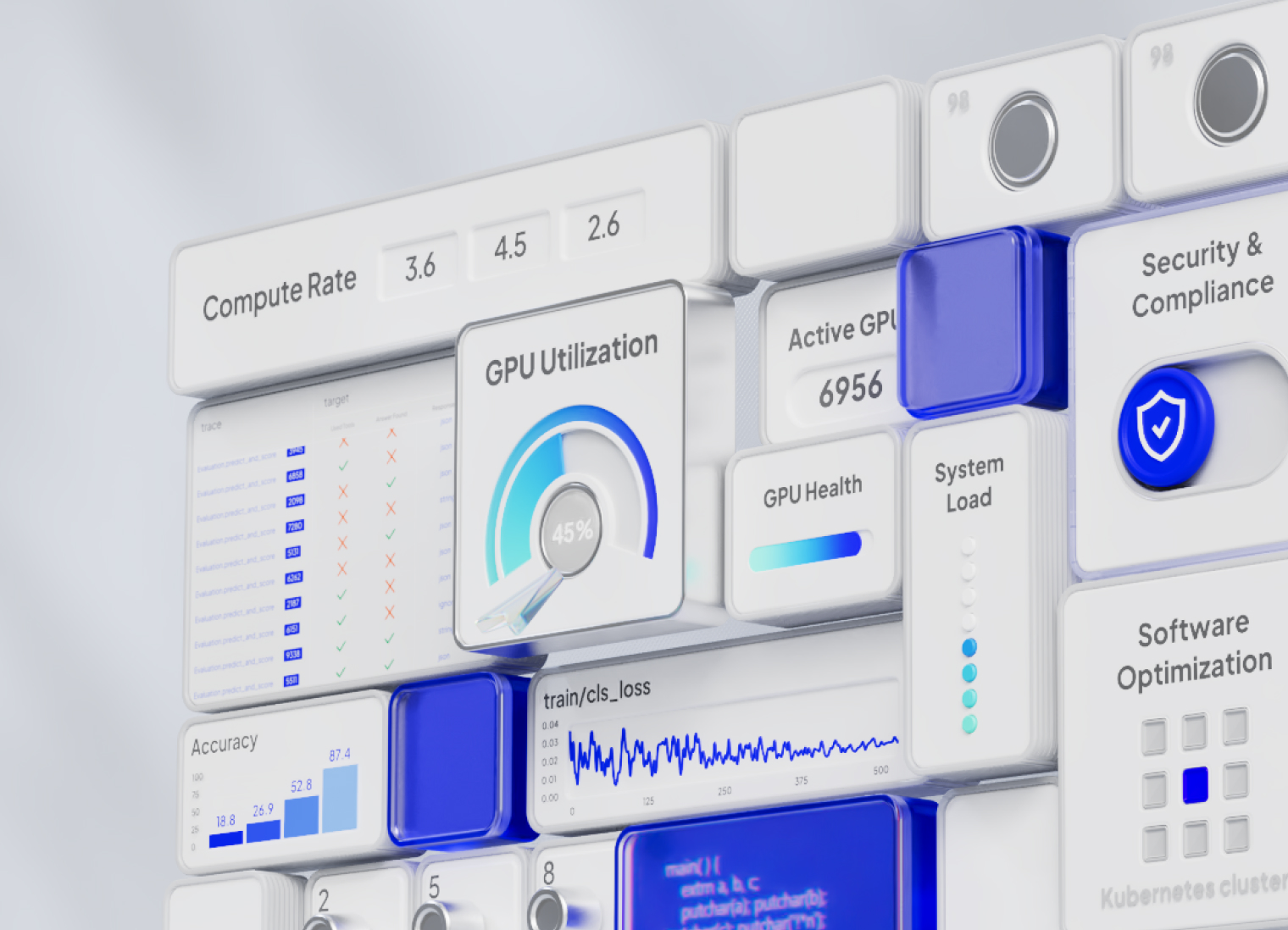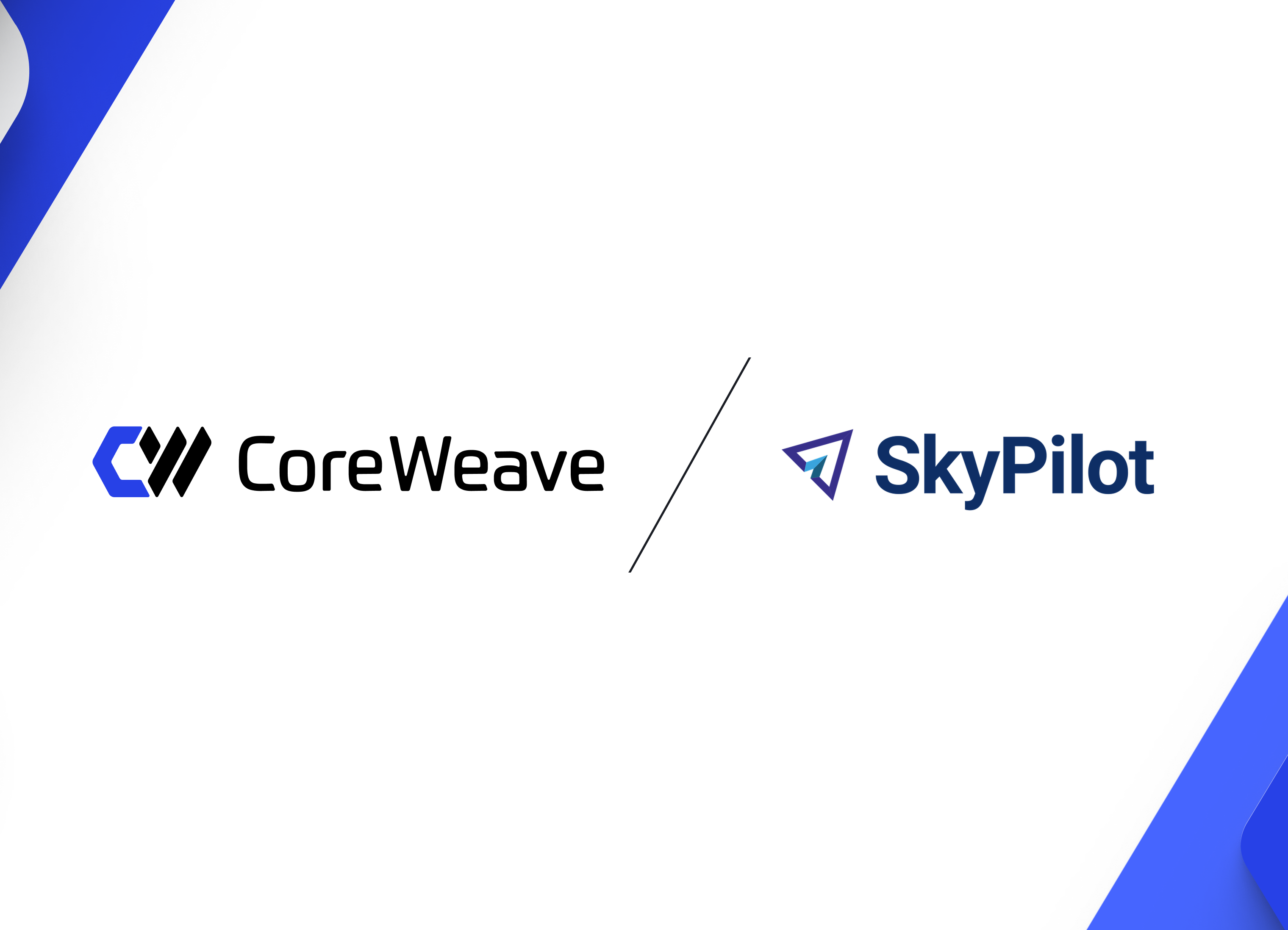In Summary:
- Studios are grappling with the limitations of single-cloud solutions, like the inability to scale and inefficient costs for compute, and need better ways to address their needs.
- Cloud-agnostic solutions like Conductor allow studios to leverage compute from anywhere, choose from a wider range of GPU and CPU options, and scale compute resources up and down more seamlessly.
- Why this matters to studios: Regain confidence and control in their ability to scale to meet any production need—regardless of location.
In the dynamic world of film production, the ability to access critical resources seamlessly and collaborate effortlessly across locations is paramount. Perhaps nowhere is this felt more poignantly than during rendering, which is why so many studios have embraced cloud rendering over on-premise farms. Yet, traditional cloud solutions often come with limitations, leaving studios at the mercy of unpredictable compute availability and constrained by single-cloud dependencies.
In response, some studios have leveraged multiple cloud solutions, but this isn’t realistic or sustainable for the majority of studios. It is hard enough for a studio to have the resources, technical knowledge, and business acumen to leverage a single-cloud provider, utilizing more than one is a daunting task. Instead, studios should seek a multi-cloud solution enabling them to be cloud agnostic.
Ultimately, being “cloud agnostic” means studios can find more flexibility, efficiency, and continuity in their production workflow—even in the face of fluctuating demand or oversold GPU and CPU instances.
We believe this to be the essential next step in the “cloud native” approach outlined in Movie Lab’s 2030 vision: Cloud infrastructure that enables ultimate elasticity for studios’ production pipeline. It’s why Conductor has been a multi-cloud solution since 2019, and it’s a critical part of our mission to improve and simplify access to cloud resources.
What makes Conductor a key rendering solution for studios wanting to be cloud agnostic?
Conductor was created specifically for production rendering needs by artists and technologists with deep history and experience in the visual effects industry. As such, we’ve continuously evolved to create a production-focused solution that meets the needs of studios today and paves the way for workflows of the future.
- No lock-ins with a single cloud provider: We negotiated economies of scale and resource quotas with the cloud providers for studios and can easily change which cloud provider a customer is accessing based on request or resource availability.
- Easy, 5-minute onboarding: Get rendering within minutes, with no prior knowledge of cloud technologies required.
- Multi-zone and multi-region: We handle the complexity of multi-region scheduling and data gravity, at no extra cost to studios.
- Ability to scale to 1,000s of compute instances: Sleep tight knowing Conductor scales to meet tight deadlines.
- Usage-based licensing: Pay software licensing for how long the render takes, with no scale limit.
Unlike traditional rendering solutions that lock users into a single cloud provider, Conductor enables users to choose from a range of options within the application itself. (Note: Conductor is able to shift cloud providers as necessary or on request as long as jobs aren’t actively running.) This flexibility, combined with Conductor's user-friendly interface, ensures that even those with limited cloud experience can onboard in as little as five minutes.
When it comes to scale, there’s no comparable rendering solution to Conductor (as of the writing of this article). Conductor supports multi-zones and multi-regions in every supported cloud, enabling access to vast fleets of cloud compute. With planet-scale quotas already negotiated with leading cloud providers, Conductor users can scale their rendering operations to meet even the most demanding production deadlines.
Yes, even thousands of compute instances. No reservations required.
This is the ultimate elasticity and scale of a cloud-first vision outlined by Movie Labs, and this type of cloud-agnostic rendering solution is the way forward—one that puts artists and studios in the driver’s seat.
How Conductor compares to a single-cloud rendering solution
Leveraging a cloud-agnostic rendering solution like Conductor enables studios to realize cost and time efficiencies unattainable in single-cloud solutions. Let’s take a look at three specific scenarios that examine Conductor versus another popular industry rendering tool that’s not multi-cloud.
1. Getting started costs and spin-up times
The single-cloud solution often requires studios to reserve compute resources ahead of time to guarantee access to a minimum number of instances. The cost curve is very large, which often leads to overpaying on compute.
Sure, studios can sometimes use “spot instances,” but this runs the risk of the rendering job getting bumped off those resources mid-project when another customer starts the rendering process. In this case, the customer isn’t necessarily another artist or studio, which makes getting bumped off compute resources even more likely.
In Conductor, artists spin up new compute instances very quickly, leveraging both GPUs and CPUs. Once an account has been set up and users added, an artist can submit a job—either via command line or with Conductor's DCC-specific submission plugins, indicating the desired instance type (RAM, CPU, GPU)—and Conductor will automatically spin up the required number of instances to complete the job.
Next, Conductor takes care of all of the provisioning around licenses, environment requirements and storage, orchestrates the work, and then automatically spins down the instances when the work is completed. An artist can literally have jobs running within minutes of an account being created.
One note on spot instances: Conductor also allows the option to utilize spot instances if supported by the cloud provider, but we provide the option to automatically shift to a regular instance if a job gets pre-empted. That way studios can aim for the best price, but be sure their work completes if spot instances aren't available.
2. The ability to right-size hardware for the job
A single-cloud rendering solution often works with a minimum and maximum instance type for CPUs and memory, which can lead to non-deterministic renders and unexpected out-of-memory errors. Though many cloud providers are working to improve the variety of CPU and GPU instance types they are able to offer, customers are still limited to the options provided by the one vendor and available in their locale.
In a multi-cloud solution like Conductor, studios get access to all the different compute types available from all the clouds that work with the service. With Conductor, studios have options to leverage the breadth of regional coverage provided by existing cloud providers or utilize the growing range of high-end equipment provided by CoreWeave. While there are some benchmarks that compare the different clouds, the point is that Conductor users get to choose the best option for them.
3. Multi-zone and multi-region
In a single-cloud solution, access to compute resources is often limited to one geographical region, typically where the studio works. This creates hot spots for the industry in hubs, like Los Angeles, London, Vancouver, and New York City. When demand for resources in those regions spikes, studios don’t have the flexibility to scale their compute beyond that region, creating artificial hot spots restricting a studio’s ability to scale compute resources and meet deadlines.
Data accessibility is another challenge studios face if they want to leverage compute resources in more than one region. For most cloud rendering solutions, moving data between zones is both expensive and time-intensive, negatively impacting a studio’s ability to quickly adapt to changes in resource availability, or to implement “follow the sun” production models between different studio locations.
Conductor doesn’t limit access to compute based on a single location. The platform uses data points and heuristics to determine which region has the compute required to launch renders concurrently, enabling elasticity across regions—across countries, and even continents—in order to get the resources needed to finish the job on time and within budget.
"Because there is no need for direct user interaction with rendering workloads once a job has been submitted, Conductor is able to utilize available resources regardless of location. This ensures that studios will see the same, or better, performance that they would when leveraging resources in their region."
4. Ease of ramping down compute
Many cloud rendering solutions don’t have automatic scale-down. This means artists have to remember to turn off all the various components associated with the correct job… or costs will continue to accrue. While providers are getting better at this, it’s still a concern in many single-cloud rendering services.
In contrast, Conductor has an automatic scale-down for every job, including scale-to-zero for Conductor jobs that run on CoreWeave. When a studio stop rendering, they stop paying for compute, and per-minute DCC software licensing when applicable. It’s really that simple.
The big picture: What multi-cloud means for studios
Studios are under enormous pressure to keep productions on schedule and on budget. Every ounce of efficiency matters. When the tools at their disposal aren’t flexible (aka, single vendor lock-ins and limitations), studios spend more time grappling with resource management and allocation and less time on what matters: getting images rendered.
Multi-cloud or cloud-agnostic solutions like Conductor solve the efficiency dilemma for studios, helping them regain confidence and control in their ability to scale to meet any production need—regardless of location. With less time and money spent on infrastructure management and compute resources, studios can get more done in less time. They can work closer to a project deadline and respond to any last-minute changes. They can keep projects moving on time.
Studio’s competitive edge returns to being what it always should have been: The creativity and ability of its artists.
To get started with Conductor and explore the ways you can render more efficiently, create an account today.

.avif)





.jpg)
.jpg)






